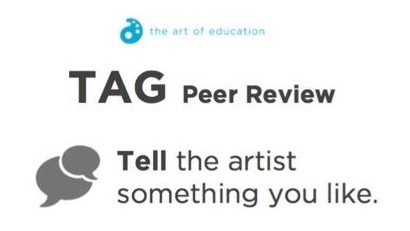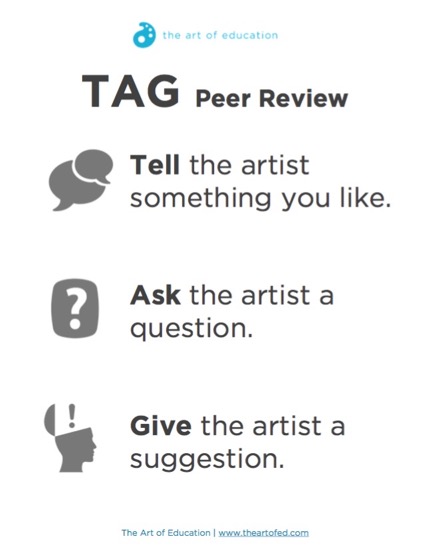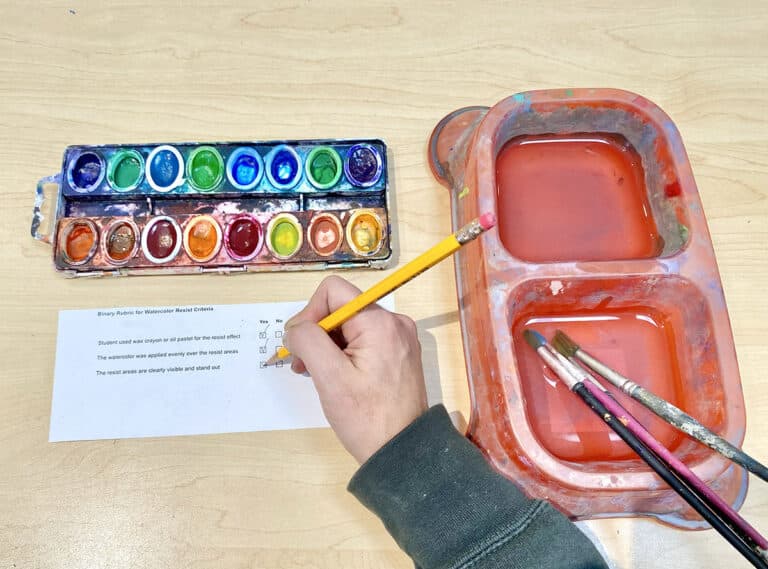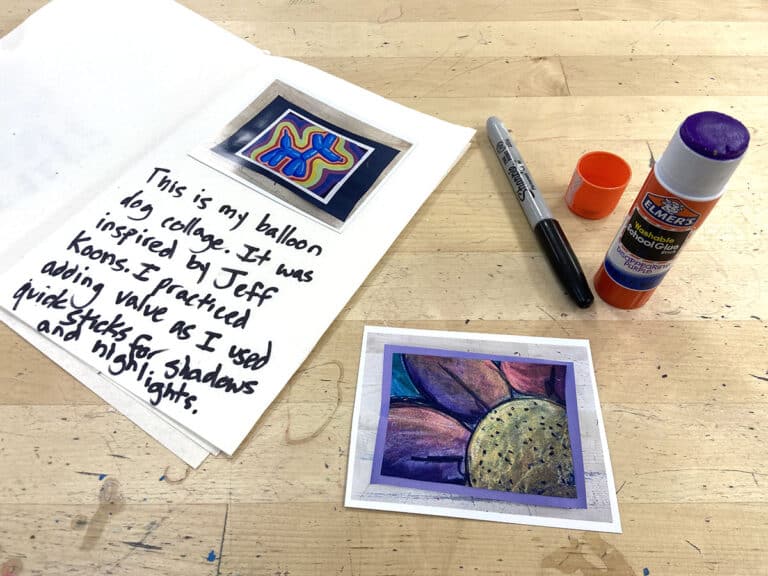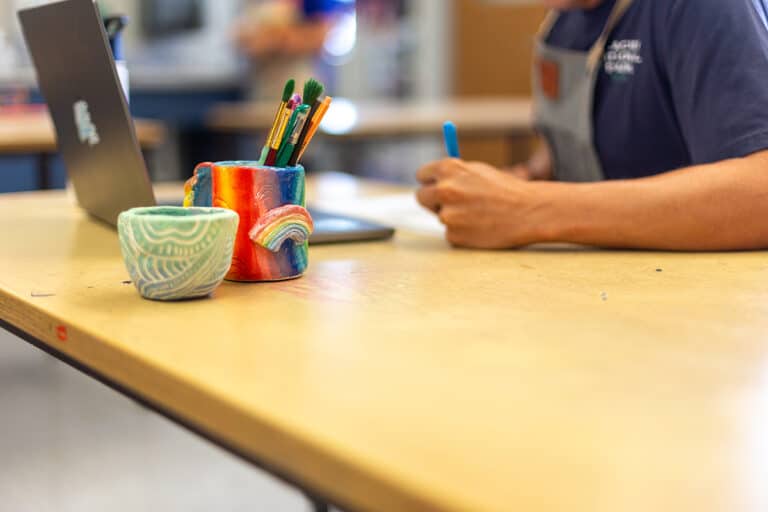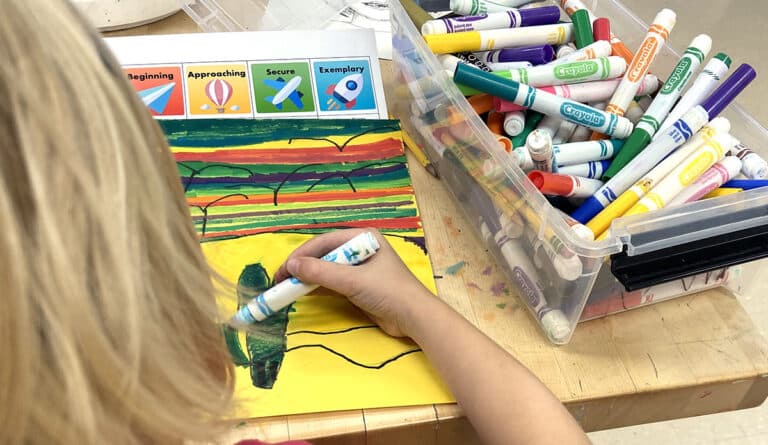21st-century students tend to be excellent communicators. Wait…let me rephrase that. 21st-century students tend to be excellent communicators when the communication is taking place through the aid of technology. Texting, Instagramming, Snapchatting (and whatever else is the latest fad) are immediate and gratifying ways of communicating for today’s tweens and teens. They are quick and to-the-point. You might be thinking that this current shift of such direct, sometimes impersonal communication is negative, but it can be used for good.
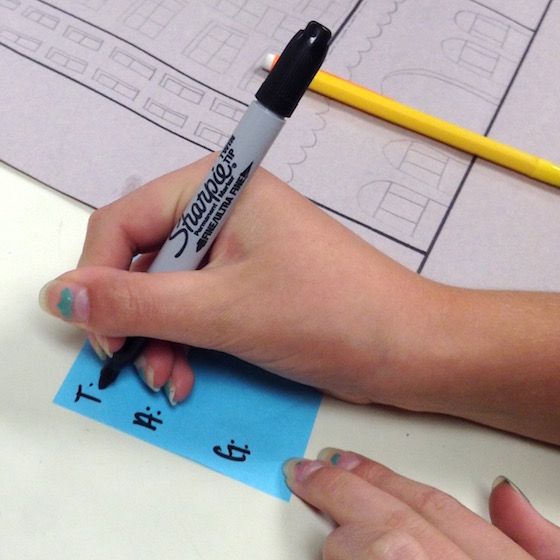
Take, for instance, peer feedback activities.
What is the goal of these types of tasks? We want students to give meaningful feedback to peers with direct suggestions to help improve their work or simply to facilitate the process of working. Many times we want these activities to move quickly and efficiently. With all of their lightning-speed tweeting, posting, and commenting, 21st-century students should be phenomenal at leaving succinct feedback for their peers. And the truth is, they can be. We as teachers just need to provide the right avenue to direct that communication in a clear path.
One of the best ways I have been able to lead students in leaving meaningful and effective peer feedback is to use the TAG method. This method has been around for a while, most typically used in Language Arts classes for peer editing. I have found it’s a simple, quick way for my students to leave feedback for one another. The direct nature and simplicity of this activity lends itself easily to the strengths of 21st-century students.
The TAG process is outlined below.
1. Have students start the process by writing the word “TAG” down the left side of a sticky note. If needed, students should write their names on the
backs of the sticky notes to ensure positive interactions.
2. Have students place their in-progress artwork on their work areas.
3. Have students pick up their pencils and sticky notes and leave their artwork at their seats.
4. Play music as students walk around the room, viewing the artwork as they pass by.
5. When the music stops, students should sit down at the closest artwork, being sure to not choose their own.
6. Students should then respond to the three letter prompts on their sticky notes according to the artwork that is in front of them (see prompts below).
TAG is short for:
T – Tell the artist something you like.
A – Ask the artist a question.
G – Give the artist a suggestion.
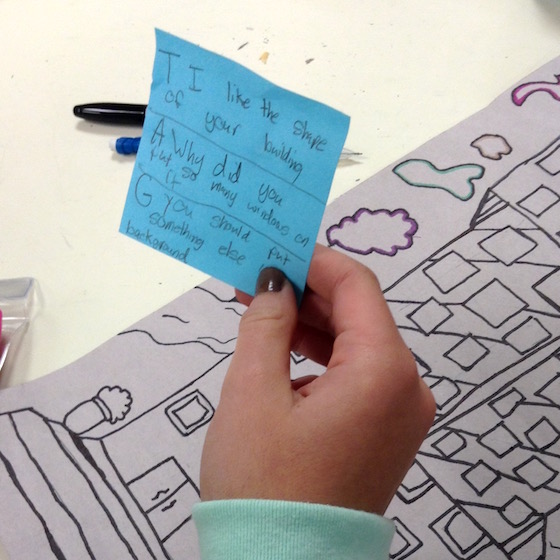
The next time you conduct a peer feedback activity in your art room, consider the communication strengths of your students. The TAG method is a quick and efficient way for students to communicate meaningful suggestions, all at the speed of a text.
If you’d like to try the TAG method in your classroom, click here to download a helpful guide.
Download Now
How do you promote constructive peer communication in your class?
What methods do you find work best for peer feedback?
Magazine articles and podcasts are opinions of professional education contributors and do not necessarily represent the position of the Art of Education University (AOEU) or its academic offerings. Contributors use terms in the way they are most often talked about in the scope of their educational experiences.
